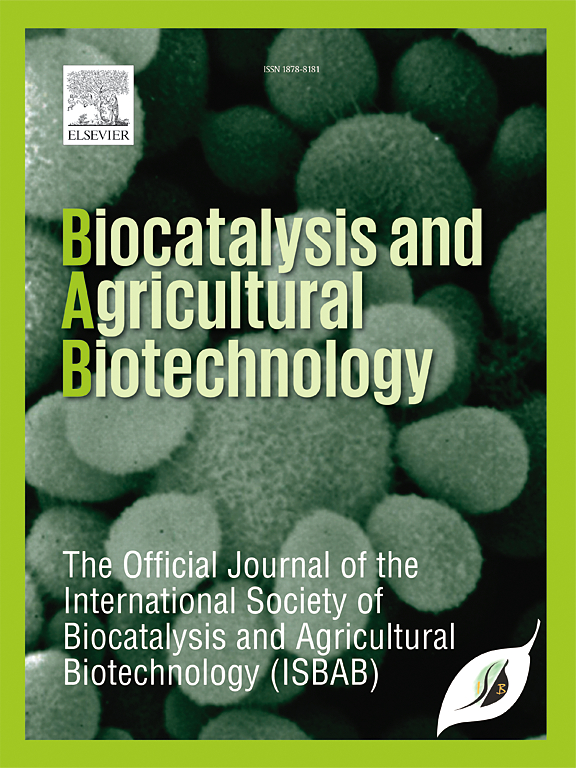Characterizations of ash derived from the crops’ waste biomass for soil improvement and assisted phytoremediation
IF 3.4
Q2 BIOTECHNOLOGY & APPLIED MICROBIOLOGY
引用次数: 0
Abstract
The biomass ash can play a crucial role in agriculture by acting as a valuable fertilizer that fosters nutrient cycles and contributes to the conservation of nutrient's resources. The paper begins by discussion of the chemical properties of ashes derived from the herbaceous and agricultural crops. It then evaluates the effect of biomass ash on the soil properties and plant growth in the field and greenhouse conditions. Finally, the paper evaluates the impact of ash to phytoremediation practices, when nutrients presented in biomass ash were returned to the natural cycles to secure sustainable biomass utilization. Beside nutrients, some potentially toxic elements were presented in biomass ash which can threaten the environment. Rice husk ash followed by bagasse and wheat straw ashes were the most studied materials which showed positive effects on agricultural soil and crops. Furthermore, a positive impact of rice husk ash on the phytoremediation efficiency of Ricinus communis and Vetiver Grass were reported. The results of the current studies show a great potential of biomass ash when applying for the agricultural and environmental remediation actions thorough the careful assessment which ensures the circularity in the revitalization.
求助全文
约1分钟内获得全文
求助全文
来源期刊

Biocatalysis and agricultural biotechnology
Agricultural and Biological Sciences-Agronomy and Crop Science
CiteScore
7.70
自引率
2.50%
发文量
308
审稿时长
48 days
期刊介绍:
Biocatalysis and Agricultural Biotechnology is the official journal of the International Society of Biocatalysis and Agricultural Biotechnology (ISBAB). The journal publishes high quality articles especially in the science and technology of biocatalysis, bioprocesses, agricultural biotechnology, biomedical biotechnology, and, if appropriate, from other related areas of biotechnology. The journal will publish peer-reviewed basic and applied research papers, authoritative reviews, and feature articles. The scope of the journal encompasses the research, industrial, and commercial aspects of biotechnology, including the areas of: biocatalysis; bioprocesses; food and agriculture; genetic engineering; molecular biology; healthcare and pharmaceuticals; biofuels; genomics; nanotechnology; environment and biodiversity; and bioremediation.
 求助内容:
求助内容: 应助结果提醒方式:
应助结果提醒方式:


